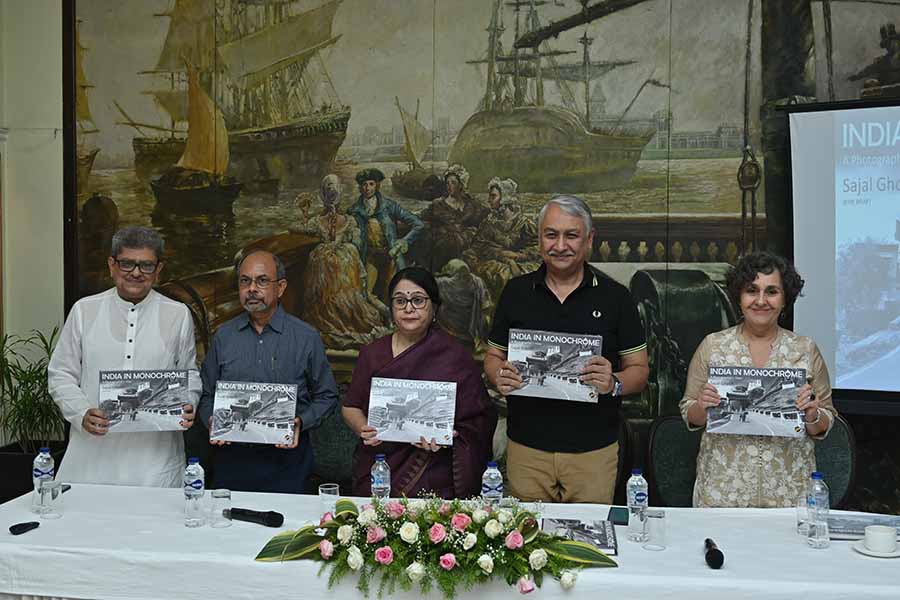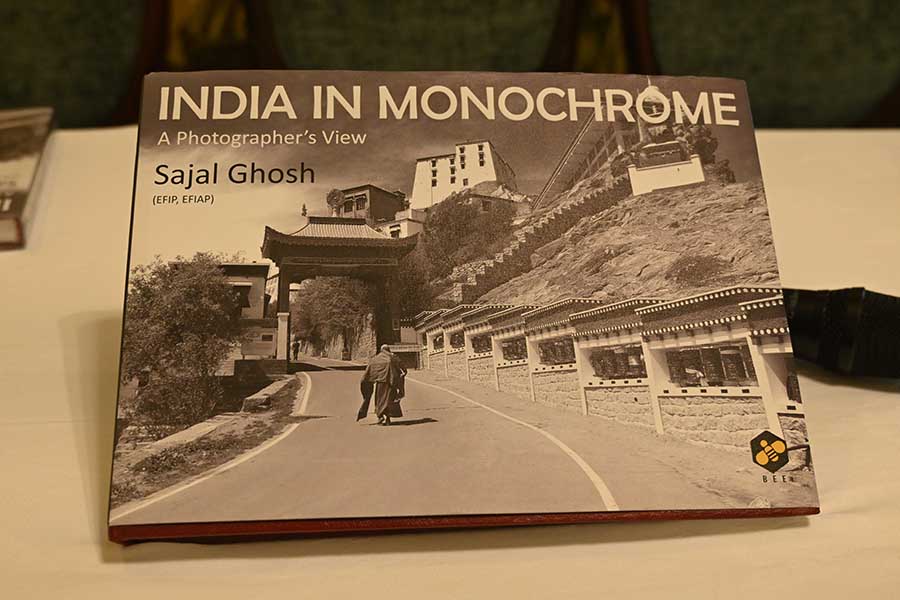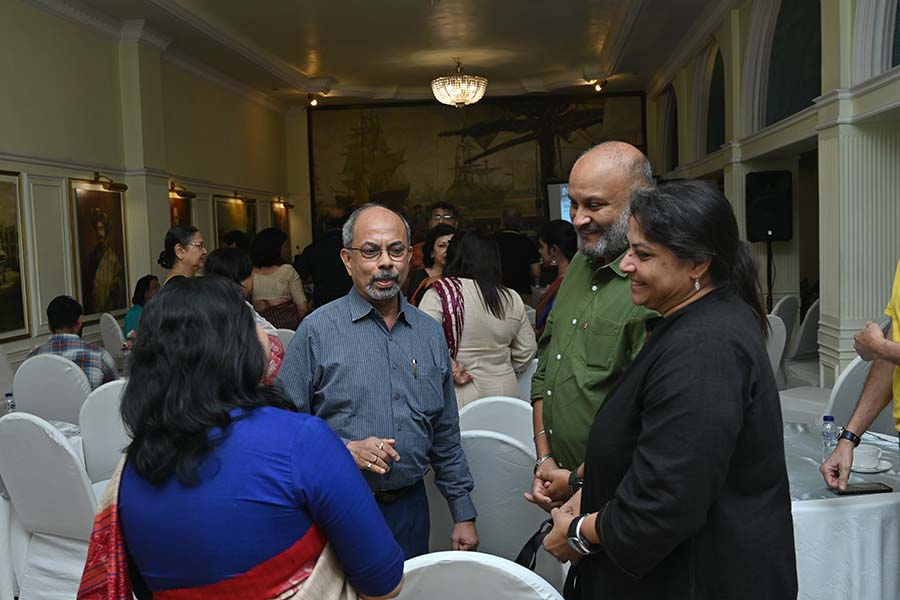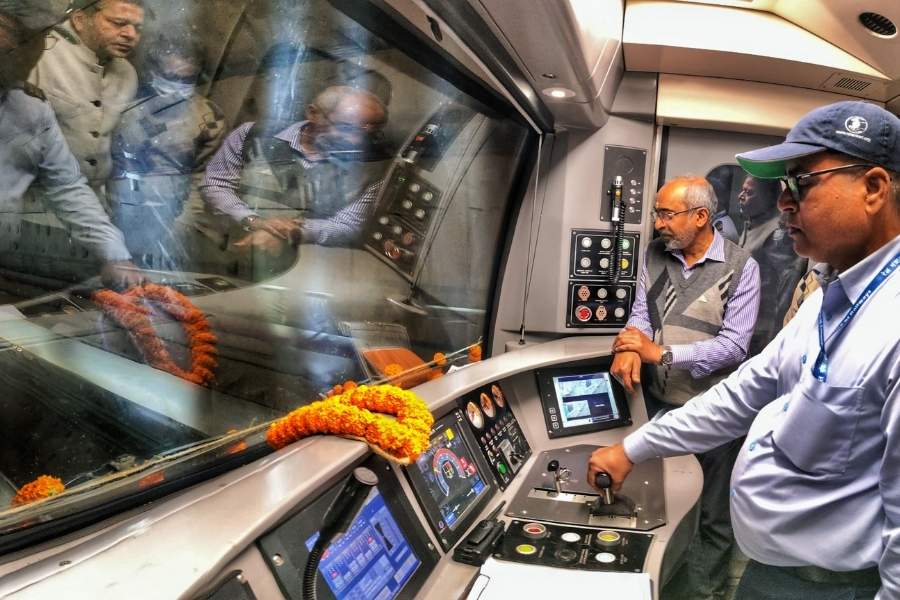![Ghosh is an EFIP and EFIAP awardee from the Federation of Indian Photography and published his first book, ‘India in Celebration’, in colour in 2021. He has five solo exhibitions to his credit at Kolkata’s Birla Academy of Art and Culture. “Covering the vast and varied aspects of India isn’t easy…While travelling [across India], I was always thinking if a new dimension could be given to the frames I was capturing. For me, the street is where the drama is,” said Ghosh](https://assets.telegraphindia.com/telegraph/2024/May/1715925835_3.JPG)
Ghosh is an EFIP and EFIAP awardee from the Federation of Indian Photography and published his first book, ‘India in Celebration’, in colour in 2021. He has five solo exhibitions to his credit at Kolkata’s Birla Academy of Art and Culture. “Covering the vast and varied aspects of India isn’t easy…While travelling [across India], I was always thinking if a new dimension could be given to the frames I was capturing. For me, the street is where the drama is,” said Ghosh

“Each photo in the book has a story to tell. I believe you can read the images in the book if you sit in a quiet place and pay attention. The artist’s skill, and not his tool, is what ultimately matters,” commented Anita Agnihotri, who also underlined the importance of monochrome for a generation that has seen visual media transform from black-and-white to colour
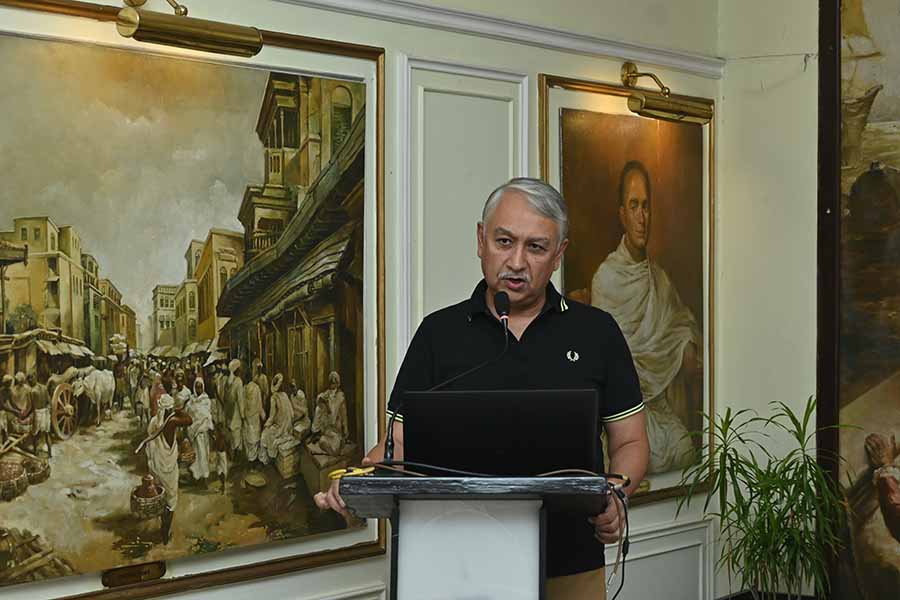
“Ghosh both follows and breaks the rules of grammar of photography in his work. I have seen him evolve since his first exhibition, and when I first flipped through this book, my delight increased manifold,” said Rajarshi Banerjee. Describing a photo of a storm over the Pangong Tso lake in Ladakh, Banerjee said that he had “never seen any picture of Ladakh like it”, labelling Ghosh’s work “a class apart”
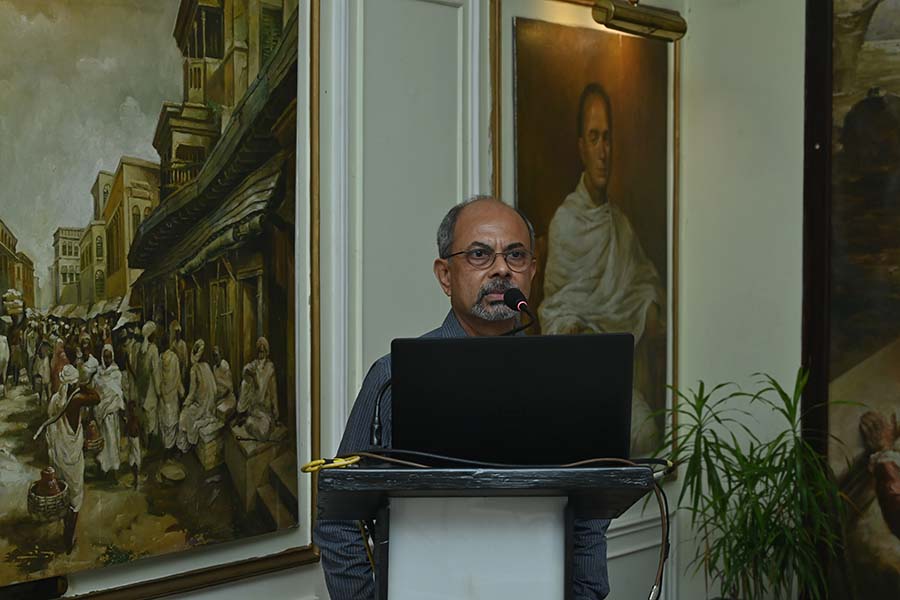
The proceeds from ‘India in Monochrome’ as well as those from Ghosh’s previous book are to be donated to charity. Ghosh’s own foundation, called Create for Life, utilises the royalties of his work to uplift the downtrodden. At the launch, Ghosh made a donation of Rs 50,000 to the Rescue and Relief Foundation, an NGO assisting trafficked women, homeless elders and destitute children. “I can simply write a cheque for these purposes, as many do. But donating my earnings from photography drives me to work harder and be better at it,” observed Ghosh
